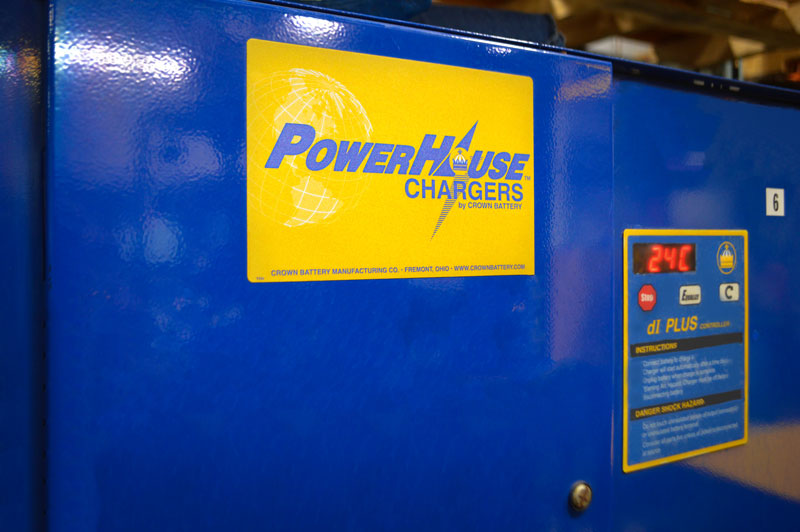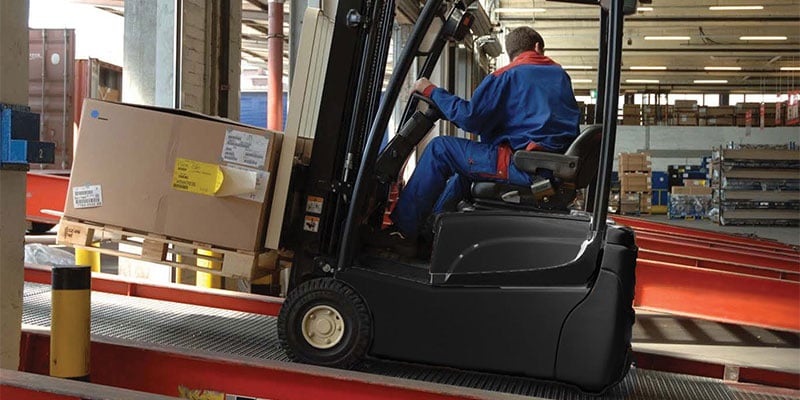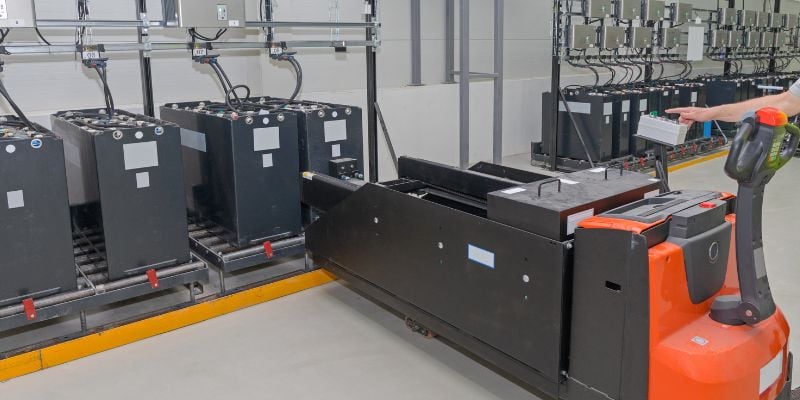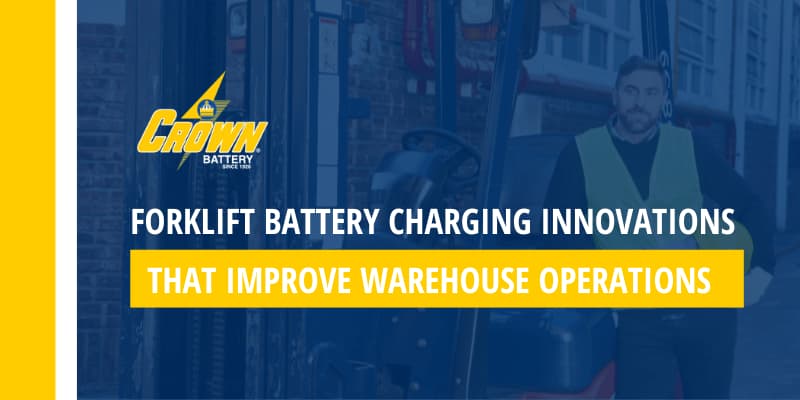Proper charging is the most important part of routine battery maintenance, period. Since today’s voltage-controlled chargers have automated the charging process and assuming the battery is well maintained, all that is necessary for routine charging is knowledge that the charger is functioning properly. This is accomplished by periodic inspection and adjustment by a qualified charger repair technician.
For our purposes, we’ll assume the charger features the latest technology and is working correctly. And while there are many different charging protocols, we’ll focus on three primary methods: Conventional, Opportunity and Opportunity Fast Charge.
Conventional Charge
This is the complete recharge of a battery after it has been fully or partially discharged during normal operation. In general, a cycle charge is based on an 8‐hour charging cycle, but can be extended, depending on need. In multishift operations, the discharged battery would likely need to be removed from the forklift for charging and replaced with a fully charged battery. Conventional charging is also prevalent in extreme applications or environments (heavy power requirements, high or low workplace temperatures).
Opportunity Charge
Opportunity charging utilizes intelligent high-frequency chargers. The theory being that you have one battery, one truck and one charger. The battery will never leave the truck and the battery is placed on charge at every opportune time (during breaks, lunches, etc.). This charge will keep the battery operating between 20% and 80% of its state of charge throughout the work week, while on weekends, an equalizing charge would be performed. Opportunity charging is frequently implemented by specifiers whose operations and use patterns enable them to minimize battery inventory, charging and changing equipment.
Opportunity Fast Charge (OFC)
OFC is similar, but as the name implies, quicker than opportunity charging, enabling a battery charge of up to 80% in two hours or less. Note that special consideration must be given to the charger rating to verify if battery or system modifications are needed to implement OFC.
Contact your Crown Battery representative for full details on the different types of charges and to determine which will work for you.











